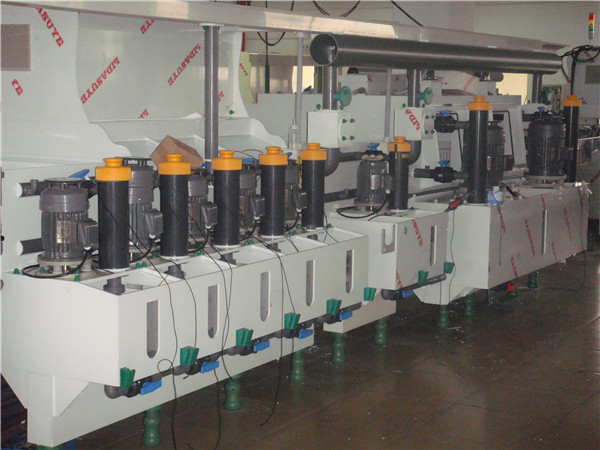Dec . 04, 2024 08:54 Back to list
Applications and Benefits of Perforated HDPE Sheets for Various Industries
Understanding Perforated HDPE Sheets Applications and Benefits
Perforated High-Density Polyethylene (HDPE) sheets are versatile materials that are increasingly being used across a variety of industries due to their unique properties. HDPE is a type of plastic that is known for its high strength-to-density ratio, making it an excellent choice for numerous applications. When perforated, this material can offer additional functionalities that enhance its usability.
What is Perforated HDPE Sheet?
Perforated HDPE sheets are made from high-density polyethylene that has been drilled with a series of holes. These holes can vary in size, spacing, and pattern depending on the intended application. The primary purpose of perforation is to allow for air, water, and light flow while maintaining structural integrity. The resulting product is lightweight, durable, and resistant to various environmental factors, including moisture, chemicals, and UV rays.
Applications of Perforated HDPE Sheets
1. Agricultural Use In agriculture, perforated HDPE sheets are commonly used for drainage systems, greenhouse coverings, and irrigation setups. The perforations allow for optimal water flow and air circulation, which are crucial for plant health. Additionally, using these sheets in mulch applications helps in weed control while maintaining moisture in the soil.
2. Industrial and Manufacturing In industrial settings, perforated sheets serve a variety of purposes including grates, screens, and trays. They can be used to create protective barriers, cubicles, or partitions while enabling airflow. The chemical resistance of HDPE makes it suitable for environments where exposure to harsh substances is a concern.
3. Construction In construction, perforated HDPE sheets are increasingly used in building facades, where they can provide aesthetic appeal along with functionality. They allow for light penetration while offering privacy and protection from the elements. Additionally, they can be utilized in the construction of temporary structures or scaffolding, where ease of handling is advantageous.
perforated hdpe sheet

4. Environmental Applications Perforated HDPE sheets play a significant role in environmental engineering, particularly in managing waste and water systems. They are often used in landfill liners, leachate collection systems, and wastewater treatment facilities. The perforations in the sheets facilitate the movement of fluids while preventing the disposal of harmful substances into surrounding areas.
Benefits of Using Perforated HDPE Sheets
One of the primary advantages of perforated HDPE sheets is their durability. The high-density polyethylene construction means that they can withstand extreme temperatures and resist moisture and chemicals. This durability ensures a long lifespan, reducing the need for frequent replacement and ultimately saving costs.
Another significant benefit is their lightweight nature. Compared to traditional materials such as metal or wood, perforated HDPE is easier to handle and install. This can lead to reduced labor costs and streamlined project execution.
Furthermore, perforated HDPE sheets are environmentally friendly. They are 100% recyclable, which means they can be processed and turned into new products at the end of their life cycle. This aligns with the growing demand for sustainable materials in various industries.
Conclusion
Perforated HDPE sheets are a remarkable innovation that has found applications across multiple fields, from agriculture to construction. Their combination of strength, lightweight characteristics, and versatility makes them an ideal choice for projects that require durability and efficient performance. As industries continue to seek eco-friendly solutions, the demand for materials like perforated HDPE sheets is expected to grow. Being aware of their benefits and applications can help businesses make informed choices and enhance their operations while contributing to a more sustainable future.
-
High-Quality PPR Pipes and Fittings Durable ERA PPR & PVC PPR Solutions
NewsJul.08,2025
-
Black HDPE Cutting Board - Durable, Non-Porous & Food Safe HDPE Plastic Cutting Board
NewsJul.08,2025
-
High-Quality CPVC Panel Durable HDPE & PVC Panels Supplier
NewsJul.08,2025
-
Double PE Welding Rod Supplier - High Strength, Durable & Versatile Welding Solutions
NewsJul.07,2025
-
High-Quality PVC-O Pipe Supplier Durable 75mm PVC Pipe & Connections Leading PVC Pipe Company
NewsJul.07,2025
-
HDPE Drainage Pipe Supplier – Durable & Corrosion-Resistant Solutions
NewsJul.06,2025

